Watch out! NASA spots asteroid heading for Earth; Clocked at 20071 kmph
NASA has issued an alert against this asteroid which is set to pass Earth closely today. Know about its speed, distance of approach.
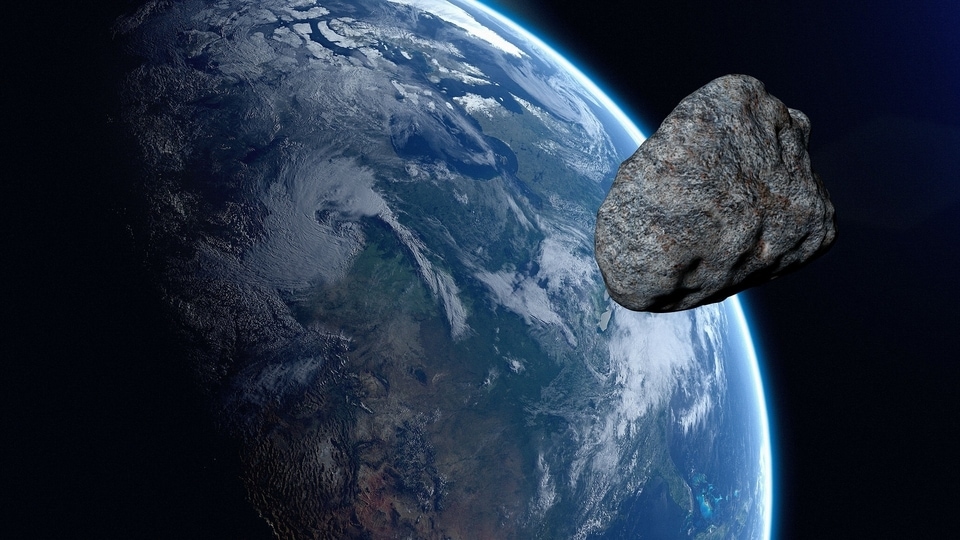
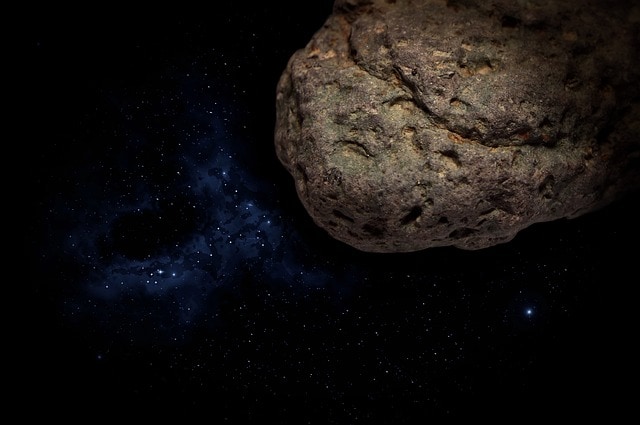
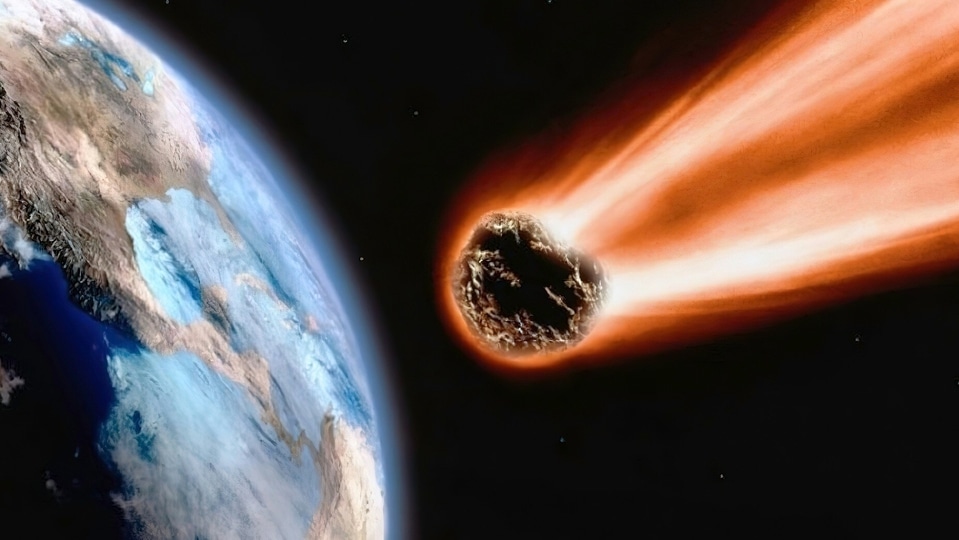
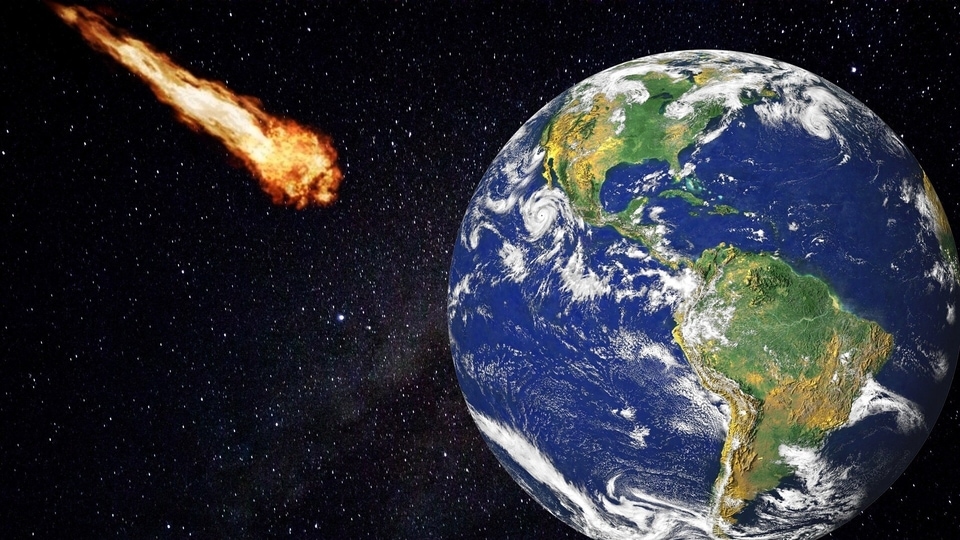
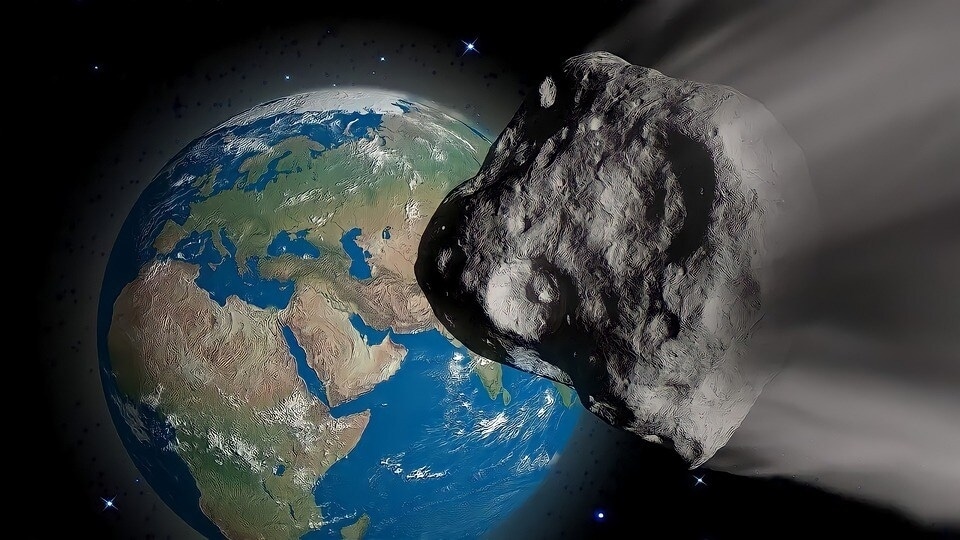

 View all Images
View all ImagesAsteroids have crashed into Earth many times in the past and this can happen again. While most asteroids miss Earth, the danger remains and that is where it becomes important for space agencies like NASA to track each and every flying object that is big enough to worry humanity. That responsibility falls to NASA's Planetary Defense Coordination Office which keeps an eye on Near-Earth Objects (NEOs) and alerts if there are any signs of a potential impact. Now, the same organization has warned that a huge asteroid is headed for Earth today.
Asteroid 2022 VH2 key details
NASA's Planetary Defense Coordination Office has issued an alert against an asteroid named Asteroid 2022 VH2. The 52 feet wide asteroid is expected to fly past Earth closely today, November 15, at a distance of 3 million kilometers. The asteroid is already on its way towards Earth, travelling at a staggering speed of 20071 kilometers per hour. Although this asteroid is not expected to impact Earth any time soon, a slight deviation in its path due to interaction with the planet's gravitational field could change its trajectory and send it hurtling towards the planet with catastrophic consequences.
It belongs to the Apollo group of asteroids, which are a group of Near-Earth asteroids named after the humongous 1862 Apollo asteroid, discovered by German astronomer Karl Reinmuth in the 1930s.
Asteroid - the source of water on Earth?
Meanwhile, it has been revealed that until now, it was believed that water was already present on Earth from earliest times. However, a recent study has made an astonishing discovery that puts this very thought into doubt. The study has revealed that water may have originated on asteroids.
The study was conducted after collecting samples from an asteroid called Ryugu by the Japanese Hayabusa-2 space probe during a 6-year space mission. The probe gathered 5.4 grams of dust and rock samples from the asteroid which scientists used to gather information on the origin of life.
The study said, "Ryugu particles are undoubtedly among the most uncontaminated Solar System materials available for laboratory study and ongoing investigations of these precious samples will certainly expand our understanding of early Solar System processes.”
Catch all the Latest Tech News, Mobile News, Laptop News, Gaming news, Wearables News , How To News, also keep up with us on Whatsapp channel,Twitter, Facebook, Google News, and Instagram. For our latest videos, subscribe to our YouTube channel.





























